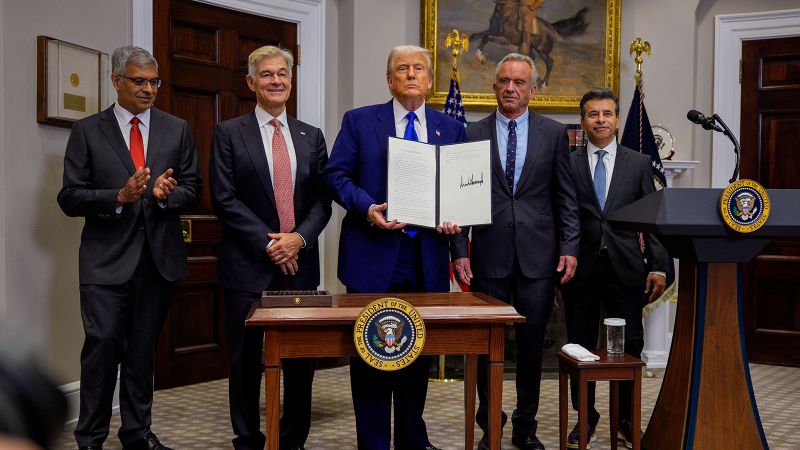The 'Pay-ient' Phenomenon: How High Drug Costs & Insurance Hurdles Are Reshaping Healthcare – and What Needs to Change

Millions of Americans are facing a growing frustration: the reality of being a 'pay-ient.' This term, coined by GoodRx CEO Trevor Jewell, perfectly encapsulates the shifting landscape of healthcare where patients are increasingly responsible for a larger share of their prescription drug costs. It's a consequence of a complex and often opaque system where insurance coverage is riddled with challenges, bureaucratic hurdles, and ever-increasing deductibles and co-pays.
The problem isn't just about the price of medication itself. It’s the labyrinthine process of navigating insurance approvals, prior authorizations, and pharmacy benefit manager (PBM) rules that adds layers of complexity and cost. Patients are often caught in the middle, struggling to understand why their insurance isn't covering a medication or why the price suddenly jumps dramatically when they go to fill their prescription.
The Rise of the 'Pay-ient'
The term 'pay-ient' highlights a critical shift in the healthcare system. Historically, insurance was designed to protect patients from the exorbitant costs of medical care. However, the rise of high-deductible plans and the increasing use of utilization review by insurance companies have placed a greater financial burden on individuals. Coupled with the soaring cost of prescription drugs, this creates a perfect storm where patients are forced to pay out-of-pocket for essential medications.
The Role of Pharmacy Benefit Managers (PBMs)
A significant contributor to this problem is the role of PBMs. These companies act as intermediaries between drug manufacturers, pharmacies, and insurance plans. While they are intended to negotiate lower drug prices, critics argue that their complex contracts and rebate systems often benefit the PBMs themselves rather than the patients. The lack of transparency in these negotiations further obscures the true cost of drugs and makes it difficult for patients to understand why they are paying so much.
What Needs to Change?
Addressing the 'pay-ient' phenomenon requires a multi-faceted approach:
- Increased Transparency: Greater transparency in drug pricing and PBM negotiations is crucial. Patients deserve to know how much their medication costs and why they are being charged a particular price.
- Reform of Pharmacy Benefit Managers: Regulations need to be implemented to ensure that PBMs are truly acting in the best interests of patients and not prioritizing their own profits.
- Value-Based Insurance Design: Insurance plans should be designed to incentivize the use of cost-effective medications and reduce barriers to access for patients who need them most.
- Government Negotiation: Allowing Medicare to negotiate drug prices, as is done in many other developed countries, could significantly lower costs.
- Consumer Education: Empowering patients with the knowledge and tools they need to compare prices and find affordable medication options is essential. Resources like GoodRx can play a vital role in this effort.
The rise of the 'pay-ient' is a wake-up call. It underscores the urgent need to reimagine healthcare plans and address the systemic issues that are driving up drug costs and placing an unsustainable financial burden on American families. Failing to do so will only exacerbate the problem and further erode trust in the healthcare system.






